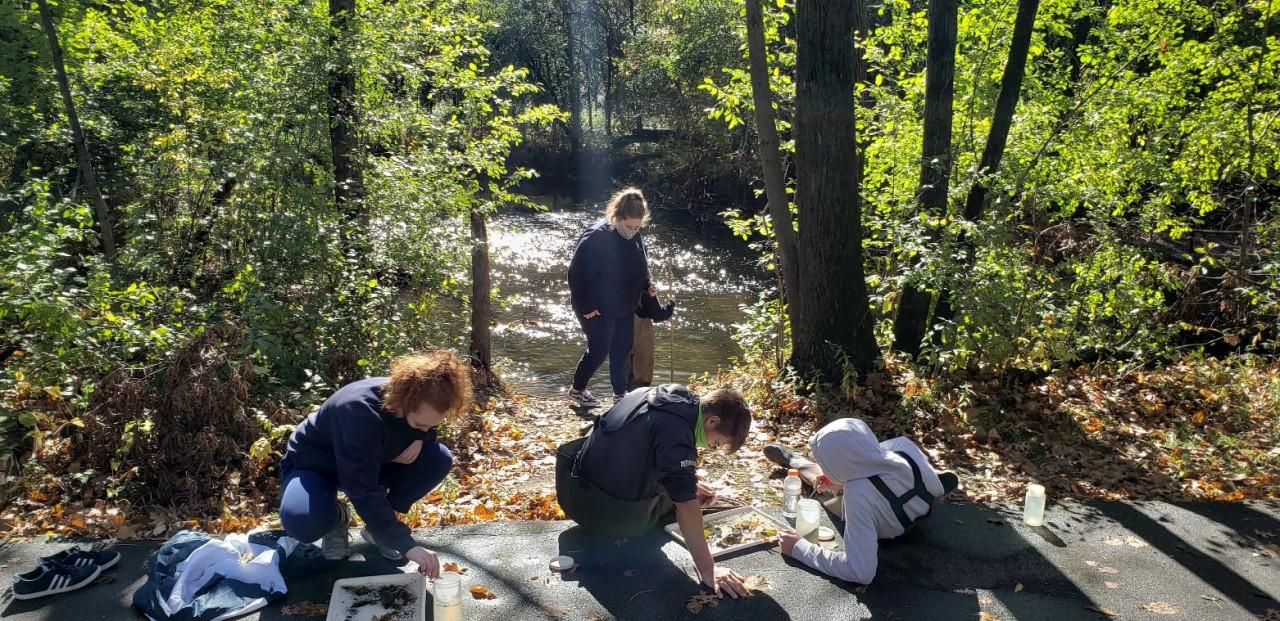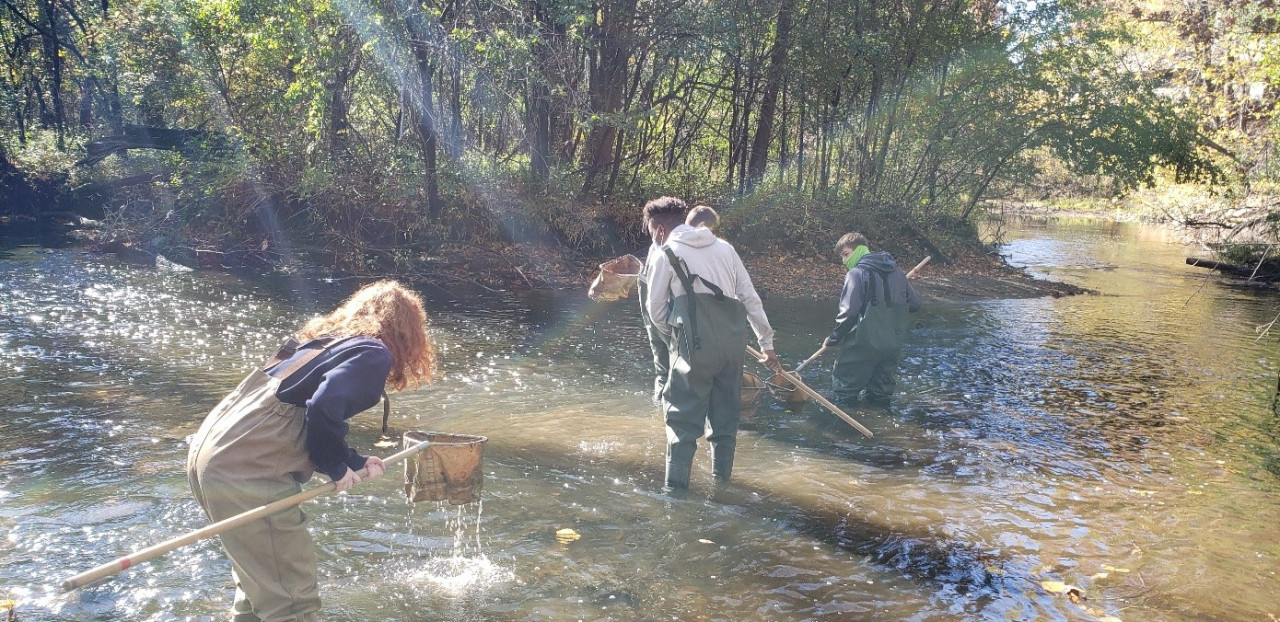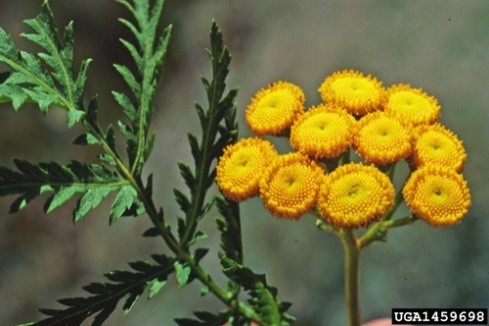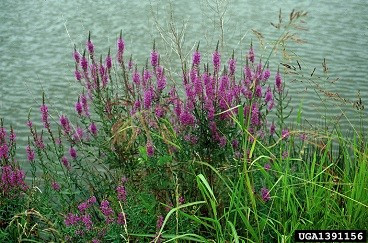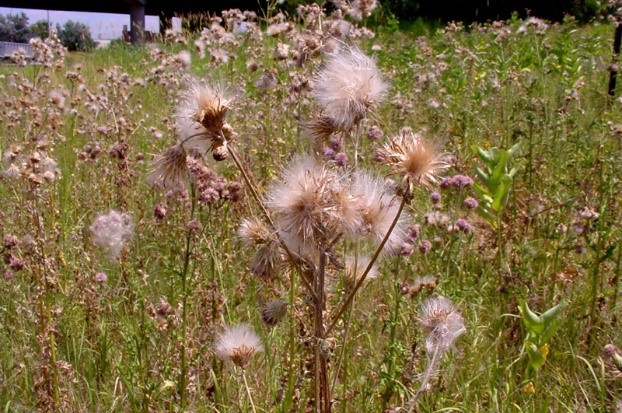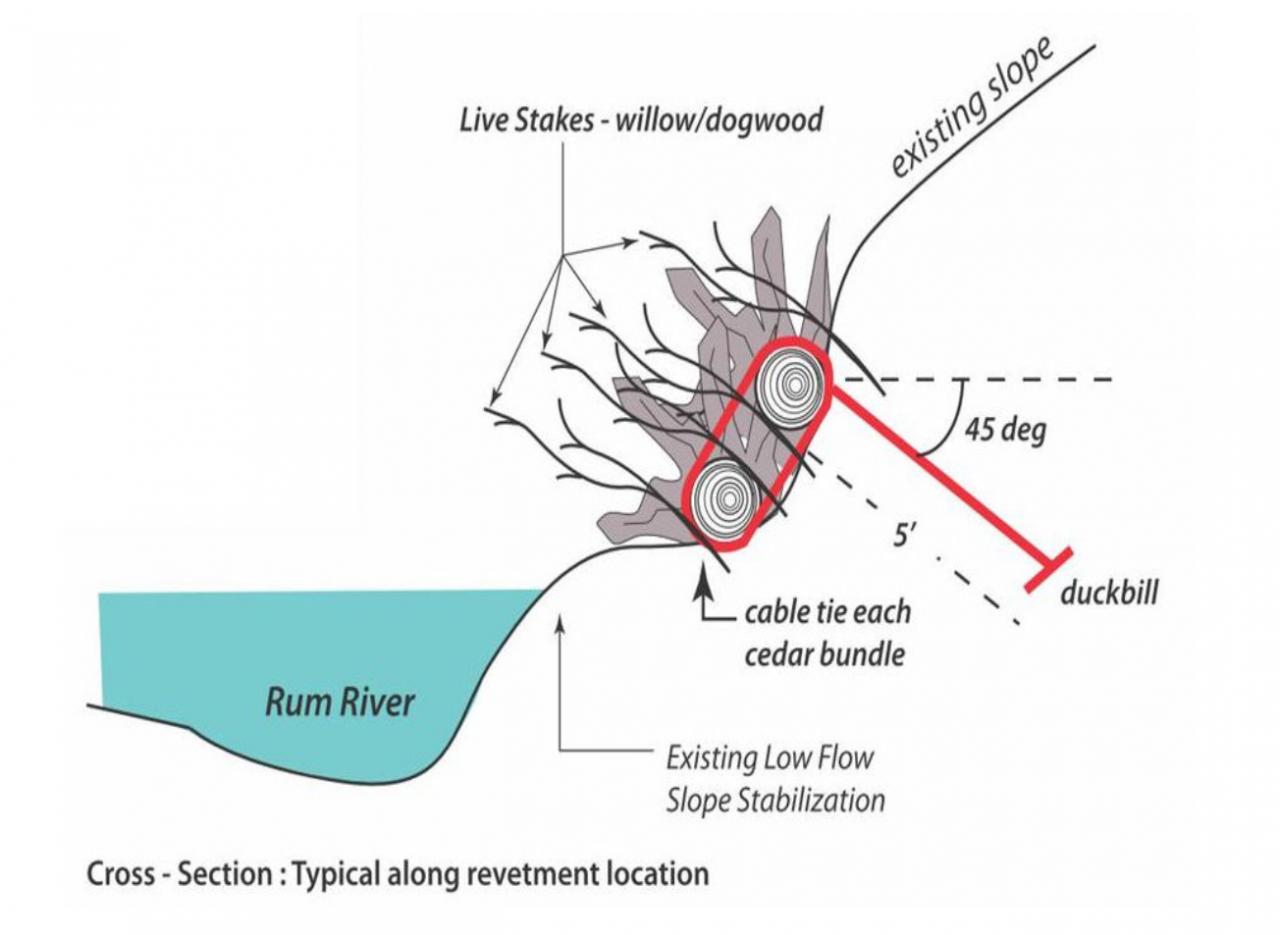Every spring and fall, staff members from Anoka Conservation District lead several high school classes through a hands on biomonitoring session. These students don waiters, grab a D-net, and wade into the shallow waters of a particular stream or river in Anoka County. They use these nets to scrape rocks, down trees, or vegetation in hopes of finding macroinvertebrates, which are collected. During the classroom potion of this lesson, the students identify and label these macroinvertebrates species. ACD then reevaluates and counts all specimen. The same stream and river locations are sampled almost every year, allowing ACD to monitor any long-term trends in the species found.
Biomonitoring is a useful tool because macroinvertebrates live on the bottom of rivers and streams. During their aquatic life cycle, which can be multiple years, they cope with chemical, physical, and biological influences in their habitat. They are less mobile than fish, making them less able to avoid the effects of these pollutants and changes to aquatic habitats. Macroinvertebrates also have a wide range of pollutant tolerances amongst the various species. The numbers and types of organisms present in a water body reflect the quality of their surroundings. Inventorying the makeup of aquatic communities can help determine if changes in the environment are causing effects such as the loss of sensitive groups of organisms. Macroinvertebrates are also practical and easy to sample, making them perfect for a high school science class.
